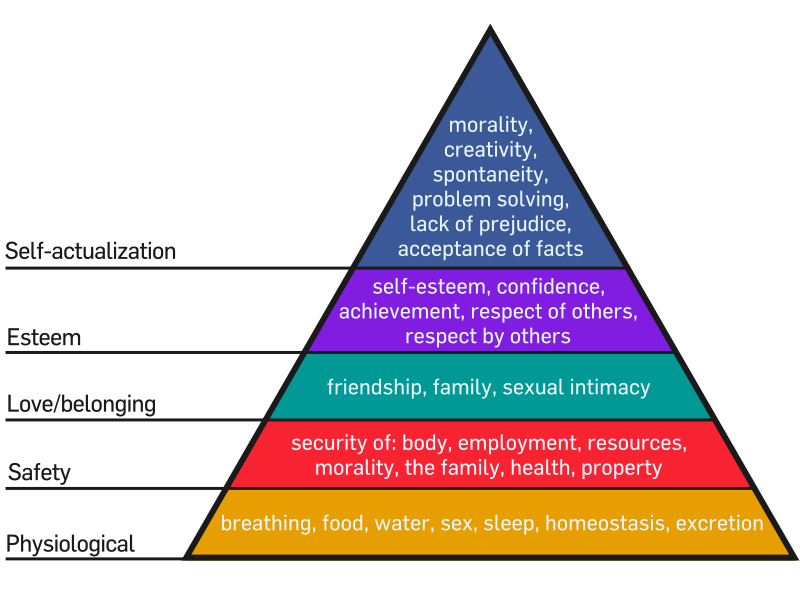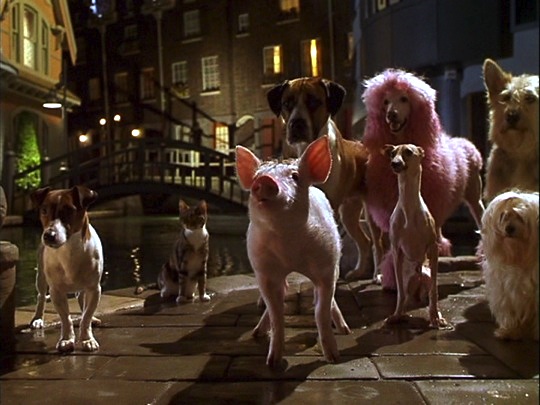I'm starting to develop a deeper understanding of what it means to be a good communicator. To my mind I've practiced a few key skills for a long time - providing and seeking out feedback, expressing my plans and information to other parties in various ways, eliciting their plans, etc. - but at times I now think I missed the forest for the trees.
The key to good communication is not just observing best practices. That's certainly part of it and a good start. Without an explicit understanding of the overarching goal, however, those habits quickly descend into mindless process, so ritualistic in nature it cannot be intelligently applied to the unique circumstances of different situations.
To excel beyond that one must keep in mind that the ultimate point of communication is to ensure that all parties concerned have the same understanding of a particular topic. At the material level this is an isomorphic mapping of the most important features of the topic among the neurons of all involved. This is literally what the phrase "on the same page" means.
For a long time I thought it was sufficient to do my part to make mutual understanding merely possible. After that, the onus fell on the other parties involved. In some situations this is still appropriate. Excellent communication, however, requires that one go beyond that. In that regard, communication becomes much like more involved forms of education, where you ensure that your audience has retained the information you've presented to them. The sort of hands-off approach typical of laissez faire, college-level education isn't appropriate here. If someone has difficulty understanding the material, the responsibility to identify that difficulty and clarify the material falls with the instructor. As a result, effective communication should focus more on multimedia, take advantage of different learning styles, and more actively seek confirmation of understanding than the conventional course lecture.
There was one other thing that historically held me back from becoming a better communicator. That was my aversion to asking questions. Questions at some point in my mind had become the tool of those unable to pick something up the first time. I now see that I was wrong to be so absolutist in my attitude. Questions reinforce mutual understanding, serve as a mechanism for confirming it, and - to those adept at communication - illustrate intelligence and skill. If you're concerned about those who value sharpness as I did, making clear that you're asking questions to ensure mutual understanding can win you their esteem.
To the extent one reaches out to their audience and is willing to potentially lose face as a communicator, there is a certain selflessness in exercising communication skills. One might even think of it as a trade off between short-term and long-term gain. By taking the effort to establish upfront the certainty of details among all parties involved, one can avert costly mistakes and adjustments in the future.
The key to good communication is not just observing best practices. That's certainly part of it and a good start. Without an explicit understanding of the overarching goal, however, those habits quickly descend into mindless process, so ritualistic in nature it cannot be intelligently applied to the unique circumstances of different situations.
To excel beyond that one must keep in mind that the ultimate point of communication is to ensure that all parties concerned have the same understanding of a particular topic. At the material level this is an isomorphic mapping of the most important features of the topic among the neurons of all involved. This is literally what the phrase "on the same page" means.
For a long time I thought it was sufficient to do my part to make mutual understanding merely possible. After that, the onus fell on the other parties involved. In some situations this is still appropriate. Excellent communication, however, requires that one go beyond that. In that regard, communication becomes much like more involved forms of education, where you ensure that your audience has retained the information you've presented to them. The sort of hands-off approach typical of laissez faire, college-level education isn't appropriate here. If someone has difficulty understanding the material, the responsibility to identify that difficulty and clarify the material falls with the instructor. As a result, effective communication should focus more on multimedia, take advantage of different learning styles, and more actively seek confirmation of understanding than the conventional course lecture.
There was one other thing that historically held me back from becoming a better communicator. That was my aversion to asking questions. Questions at some point in my mind had become the tool of those unable to pick something up the first time. I now see that I was wrong to be so absolutist in my attitude. Questions reinforce mutual understanding, serve as a mechanism for confirming it, and - to those adept at communication - illustrate intelligence and skill. If you're concerned about those who value sharpness as I did, making clear that you're asking questions to ensure mutual understanding can win you their esteem.
To the extent one reaches out to their audience and is willing to potentially lose face as a communicator, there is a certain selflessness in exercising communication skills. One might even think of it as a trade off between short-term and long-term gain. By taking the effort to establish upfront the certainty of details among all parties involved, one can avert costly mistakes and adjustments in the future.












